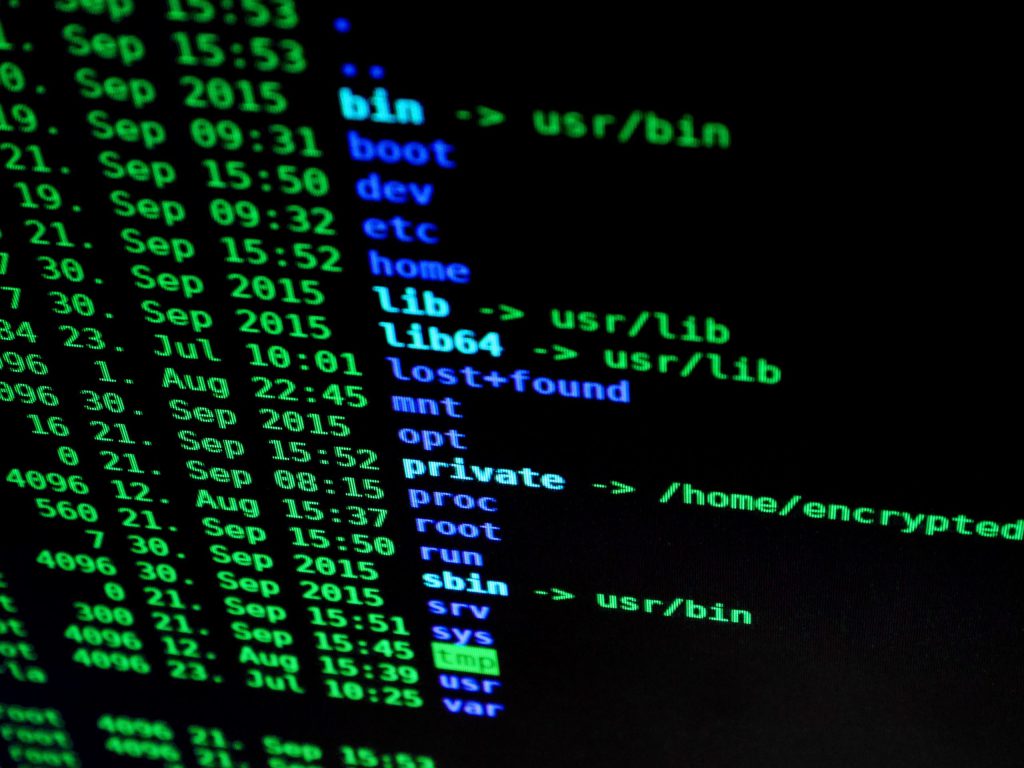A brief guide to help you resuscitate your PC in case you are no longer able to start after malicious driver updates.
NOTE:
This guide also applies in the event of an error due to driver installation that is not compatible with your system.
Blue error screen: CRITICAL_SERVICE_FAILED.

- If you are in the condition of not being able to use your desktop because of the blue screen, what you need to do is to access the recovery screen, there may be three cases:
- It’s not starting up or displaying a blue screen, insert the Windows installation disk and restart the computer (in case you force the shutdown by holding down the power button). Then continue with the procedures below.
- When the system starts, the recovery screen will automatically appear, in which case continue directly with the procedures below.

– The system only starts in Safe Mode. In fact, you are already on the right track because you still have access to all the settings. You can start the prompt from there. If you still want to open the recovery panel, go to the charm menu and ‘Restart the system’ by holding down the ‘Shift’ key.
NOTE:
you can also restart the computer in ‘advanced boot’ mode with the command (via cmd.exe command prompt)
shutdown.exe /r /o /f /t 0
Once in recovery mode you will have this screen, go to Troubleshooting and In Advanced options:
The menu will look like this

Now we can move on to the actual restore, from this stage it is possible to:
- Start a system configuration restore, using a previous restore point, in case this does not solve your problem go to the next point
- Restore a system image (which you must have previously saved somewhere), just in case you did not make one go on to the next step
- Attempt an automatic restore for Windows startup. This does not always work, especially with driver problems.
- Use the command prompt.
Use the prompt to restore
NOTE: You can give these commands not only from the Restore Console, but also from the booted Windows prompt or from the prompt in Safe Mode.
Once you open the Restore prompt, you will notice that you are acting on the drive letter X:
We have to switch to the real unit where the operating system is (X: is mounting the recovery console), here is a sequence of commands to switch to the correct letter
X:\windows\system32> X:\windows\system32>cd.. X:\windows>cd.. X:\>D: D:\>
We have switched to D: because many times the system is mounted there. But it could also be C: or E:, to verify that you are really in the system partition just give the command dir
D:\>dir
A list of folders will appear, if they match those of the Windows root (program files, program files (x86), Windows, etc.) then we are in the correct letter.
Now we need to get back in system32
D:\>cd Windows\system32 D:\windows\system32>
In this way we can access the system files.
To uninstall an update manually, we need to know its code (KBxxxyyy), we can list the updates installed with
wmic qfe brief list
note: we can also save a copy on file with the commands
wmic qfe brief list /format:htable > "%USERPROFILE%\hotfix.html" wmic qfe brief list /format:texttablewsys > "%USERPROFILE%\hotfix.txt"
that will produce an html file or a txt file respectively and save it in the user’s folder.
In any case the complete list of WMIC commands can be found here.
The on-screen output will be similar to the following one:

Now we can proceed with the selective uninstallation of the latest updates. Scroll through the list and mark the KB codes for which the system seems to have crashed.
Proceed to selective removal (ROLLBACK):
wusa /uninstall /kb:{update ID}
esempio: wusa /uninstall /kb:980311
The update will be uninstalled (you can remove as many as you want).
Now try to restart the PC and see if the error has been corrected. (close the prompt)
Alternative
In case you still get the blue screen at startup, go back to the restore prompt, and try running a scannow:
D:\windows\system32>sfc /scannow
to have a complete check of corrupted/damaged files or data that prevent the system from working properly.
If this doesn’t work either, you can try a complete scandisk (this time from X:)
X:\windows\system32>chkdsk D: /f /r /x
scandisk with option to restore damaged sectors, and with forced disassembly of the unit.
NOTE: Enter the drive letter where the operating system really is, following the first steps of this guide.
If the system does not start even after all these procedures, I think the only option would be to clean, formatting, and the installation of the whole system remains. Of course, after you have backed up your data (follow the appropriate guides).

